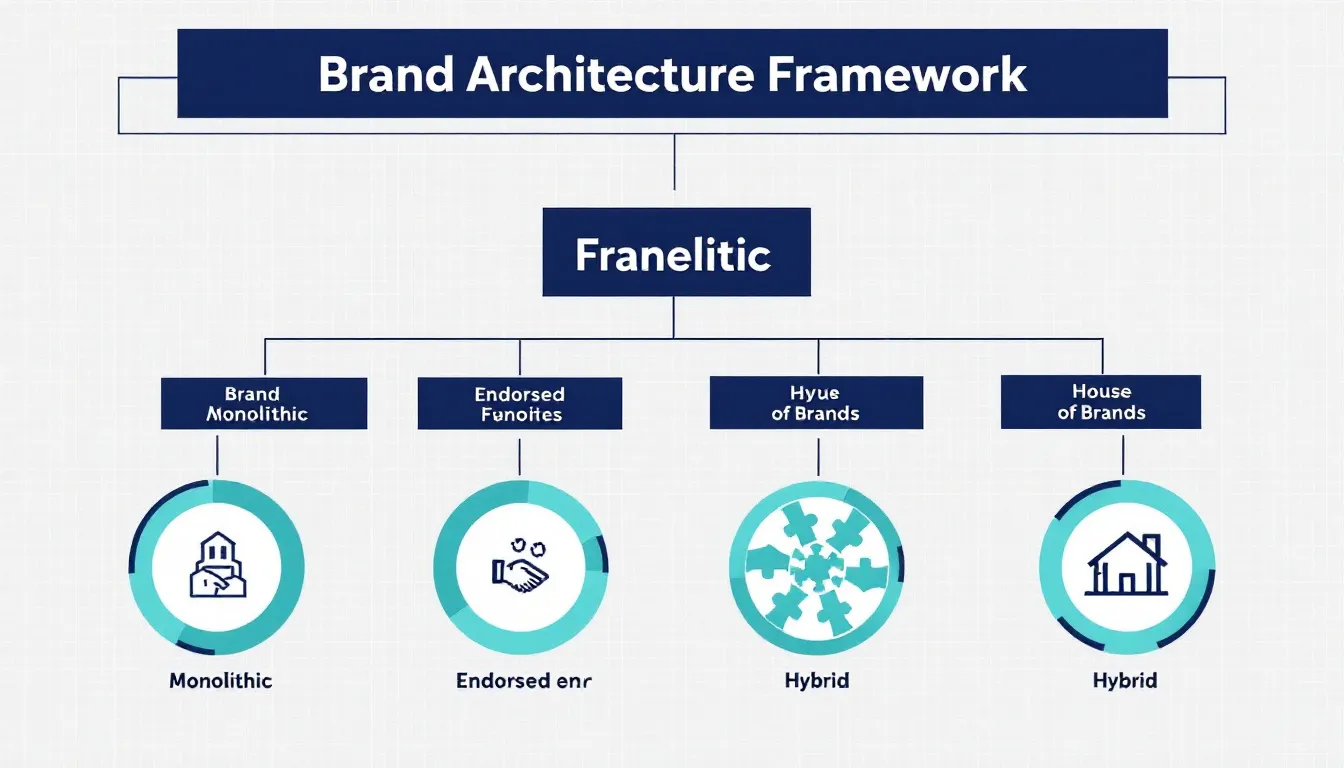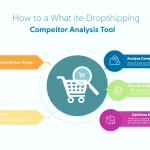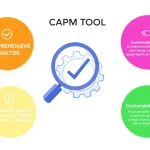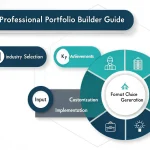Is this tool helpful?
How to Use the Brand Architecture Framework Generator Effectively
Follow these steps to generate a comprehensive brand architecture framework for your organization:
- Company Name: Input your organization’s full legal name or trading name. For example: “Global Innovations Ltd.” or “EcoSmart Solutions”
- Current Offerings: List all your products, services, and sub-brands. Example:
- EcoHome – Smart home automation systems
- GreenTech Solutions – Commercial energy management
- PowerSave Pro – Industrial energy monitoring
- Target Audience: Detail your market segments. Example:
- Urban homeowners, age 35-50, environmentally conscious
- Commercial property managers in metropolitan areas
- Manufacturing facilities with 100+ employees
- Business Objectives: Outline your strategic goals. Example:
- Increase residential market share by 30% in next 2 years
- Expand to 5 new international markets
- Launch 3 new product lines in renewable energy sector
Understanding Brand Architecture Framework Development
A brand architecture framework is a strategic approach to organizing and structuring your company’s brands, products, and services in a way that creates clarity for both internal stakeholders and customers. This tool helps businesses develop a coherent and scalable brand hierarchy that supports growth and market positioning.
Types of Brand Architecture
- Monolithic (Branded House): Using one master brand for all offerings
- Endorsed: Sub-brands connected to the master brand
- Hybrid: Combination of different architecture types
- House of Brands: Independent brands under one corporate umbrella
Benefits of Using the Brand Architecture Framework Generator
Strategic Advantages
- Clarifies brand relationships and hierarchies
- Facilitates efficient market expansion
- Enhances brand equity management
- Improves marketing resource allocation
- Supports consistent brand messaging
Operational Benefits
- Streamlines decision-making processes
- Reduces brand confusion
- Optimizes marketing budgets
- Enhances cross-selling opportunities
- Simplifies new product launches
Problem-Solving Applications
Market Expansion Challenges
Consider a technology company entering new markets with diverse product lines:
- Original structure: TechCorp
- Product A
- Product B
- Product C
- Optimized structure using framework:
- TechCorp Enterprise Solutions
- TechPro Series (B2B)
- TechLite Series (SME)
- TechCorp Consumer Division
- TechHome (Residential)
- TechMobile (Personal devices)
- TechCorp Enterprise Solutions
Practical Applications and Case Studies
Retail Sector Example
Fashion retailer rebranding case:
- Initial structure:
- StyleCo Main
- StyleCo Budget
- StyleLuxe
- Optimized framework:
- StyleCo Collections
- StyleCo Signature (Mid-range)
- StyleCo Essential (Value)
- StyleCo Luxe (Premium)
- StyleCo Collections
Service Industry Application
Professional services firm restructuring:
- Before:
- ConsultCo
- AdvicePro
- BusinessHelp
- After framework implementation:
- ConsultCo Global
- ConsultCo Advisory
- ConsultCo Solutions
- ConsultCo Enterprise
- ConsultCo Global
Frequently Asked Questions
What is the ideal brand architecture for a growing company?
The ideal brand architecture depends on your growth strategy, market position, and target audience. A hybrid approach often works best for growing companies, allowing flexibility while maintaining brand equity.
How often should brand architecture be reviewed?
Review your brand architecture annually or when significant changes occur, such as mergers, acquisitions, or new market entry.
Can different divisions have different brand architectures?
Yes, different divisions can adopt different architectures based on their specific market needs and strategic objectives.
How does brand architecture impact marketing strategy?
Brand architecture guides marketing resource allocation, messaging hierarchy, and channel strategy across different brands and products.
Should startup companies invest in brand architecture?
Yes, early brand architecture planning helps startups scale efficiently and avoid costly restructuring later.
How does brand architecture affect customer perception?
Well-structured brand architecture helps customers understand your offerings, builds trust, and facilitates clear brand associations.
Can brand architecture help with international expansion?
Yes, effective brand architecture supports international growth by providing clear guidelines for brand adaptation and market entry strategies.
How does digital transformation impact brand architecture?
Digital transformation may require more flexible brand architectures that accommodate online channels and digital-first offerings while maintaining brand coherence.
Important Disclaimer
The calculations, results, and content provided by our tools are not guaranteed to be accurate, complete, or reliable. Users are responsible for verifying and interpreting the results. Our content and tools may contain errors, biases, or inconsistencies. We reserve the right to save inputs and outputs from our tools for the purposes of error debugging, bias identification, and performance improvement. External companies providing AI models used in our tools may also save and process data in accordance with their own policies. By using our tools, you consent to this data collection and processing. We reserve the right to limit the usage of our tools based on current usability factors. By using our tools, you acknowledge that you have read, understood, and agreed to this disclaimer. You accept the inherent risks and limitations associated with the use of our tools and services.







